
The Clionidae are a family of sea angels, which are a group of pelagic marine gastropods.
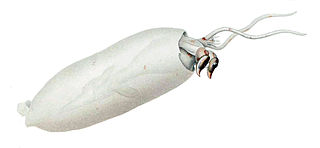
Taoniinae is a subfamily containing ten genera of glass squids.

Heterodonta is a taxonomic subclass of saltwater clams, marine bivalve molluscs. This subclass includes the edible clams, the cockles and the Venus clams.

The Trochidae, common name top-snails or top-shells, are a taxonomic family of very small to large sea snails, marine gastropod molluscs in the clade Vetigastropoda.

Neritidae, common name the nerites, is a taxonomic family of small to medium-sized saltwater and freshwater snails which have a gill and a distinctive operculum.

Carcharias is a genus of sand tiger sharks belonging to the family Odontaspididae. Once bearing many prehistoric species, all have gone extinct with the exception of the critically endangered sand tiger shark.
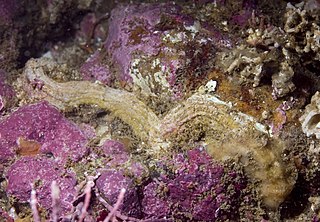
The Vermetidae, the worm snails or worm shells, are a taxonomic family of small to medium-sized sea snails, marine gastropod molluscs in the clade Littorinimorpha. The shells of species in the family Vermetidae are extremely irregular, and do not resemble the average snail shell, hence the common name "worm shells" or "worm snails".

Carditidae is a family of marine bivalve clams of the order Carditida, which was long included in the Venerida. They are the type taxon of the superfamily Carditoidea.

The Gryphaeidae, common name the foam oysters or honeycomb oysters, are a family of marine bivalve mollusks, and are a kind of true oyster. This family of bivalves is very well represented in the fossil record, however the number of living species is very few.

Enidae is a family of air-breathing land snails, terrestrial pulmonate gastropod mollusks.
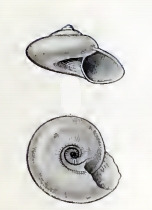
Solariellidae is a family of small sea snails, marine gastropod mollusks in the superfamily Trochoidea.

Liotiidae is a family of small sea snails, marine gastropod mollusks in the clade Vetigastropoda.
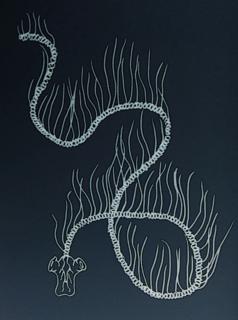
Prayidae is a family of marine invertebrates in the order Siphonophora. They are colonial, and the colonies can superficially resemble jellyfish; although they appear to be a single organism, each specimen is actually a colony of Siphonophora.
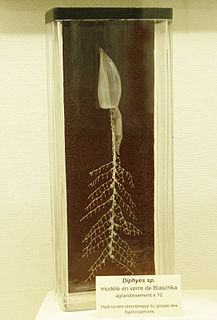
The Diphyidae are a family of siphonophores. These are colonial siphonophores with two nectophores arranged one behind the other. The front one includes a somatocyst, while the hind one does not. The somatocyst often contains an oil droplet for buoyancy control. A nectosac in each nectophore allows the organism to swim efficiently.

Hemicidaridae is a family of extinct sea urchins characterized by large, massive, club-shaped spines.

Pseudochama is a species of bivalve mollusc in the family Chamidae.

Concavus is a genus of barnacles.
Centrocardita is an extant genus of marine clams in the family Carditidae. It is also represented in the fossil record. It is sometimes treated as a subgenus of Glans.
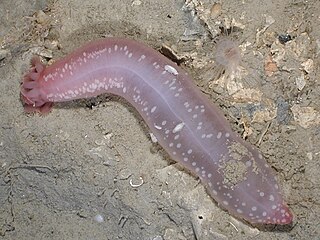
Chiridota is a genus of sea cucumbers in the family Chiridotidae. It is an extant genus but some fossil species are known.
Veprichlamys is a genus of scallops in the family Pectinidae. This genus contains 8 extant species and one extinct species.

















